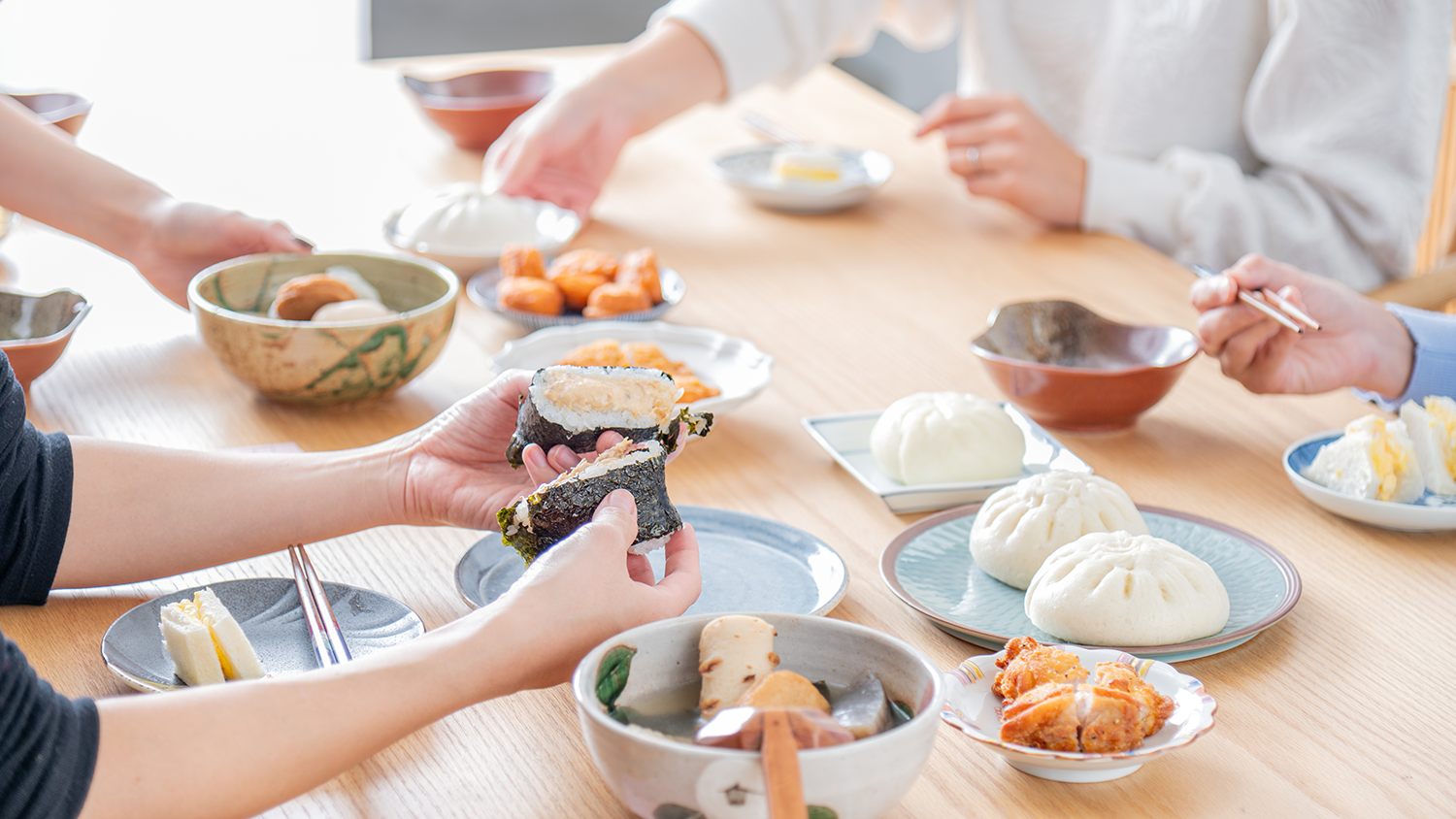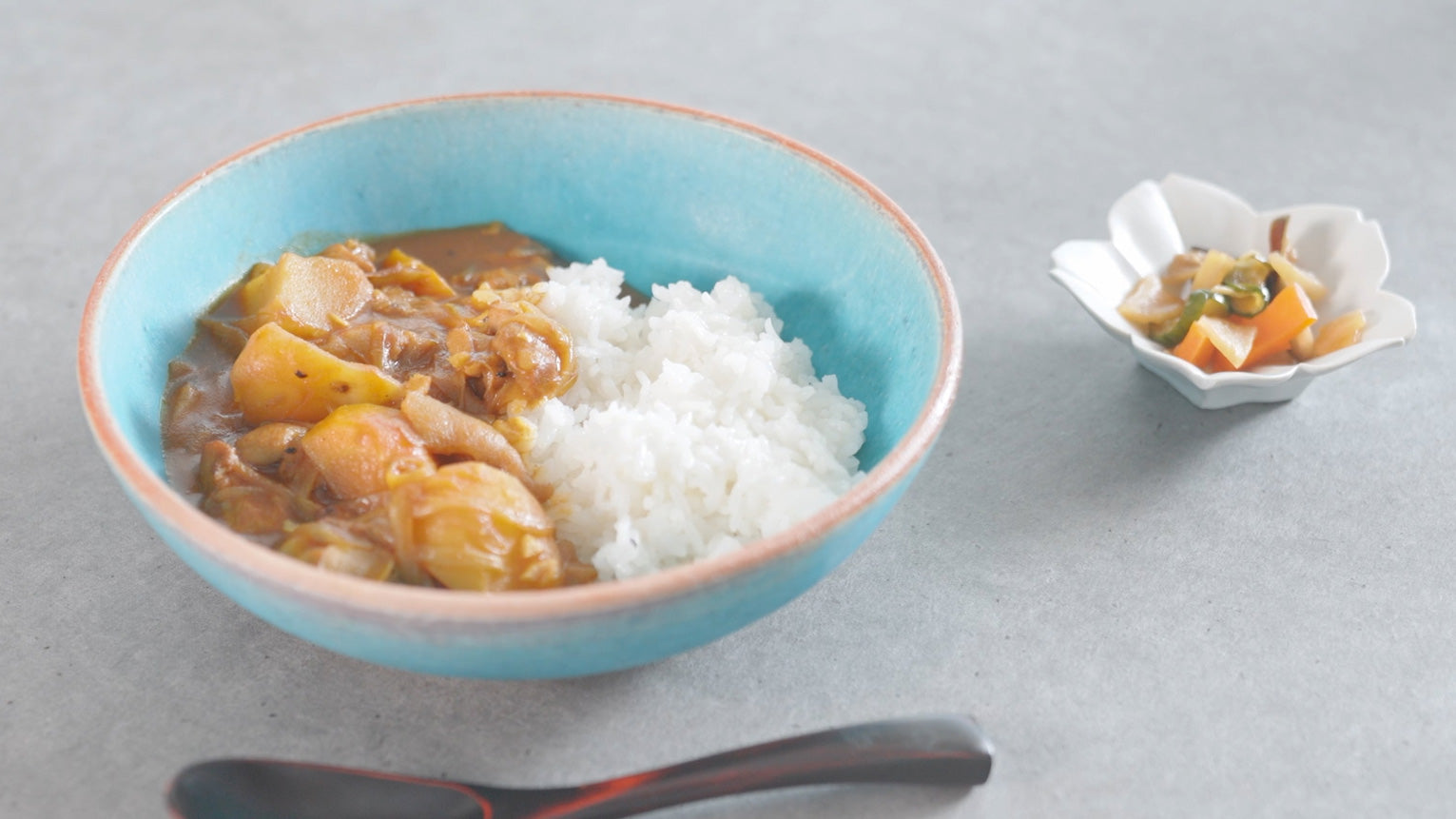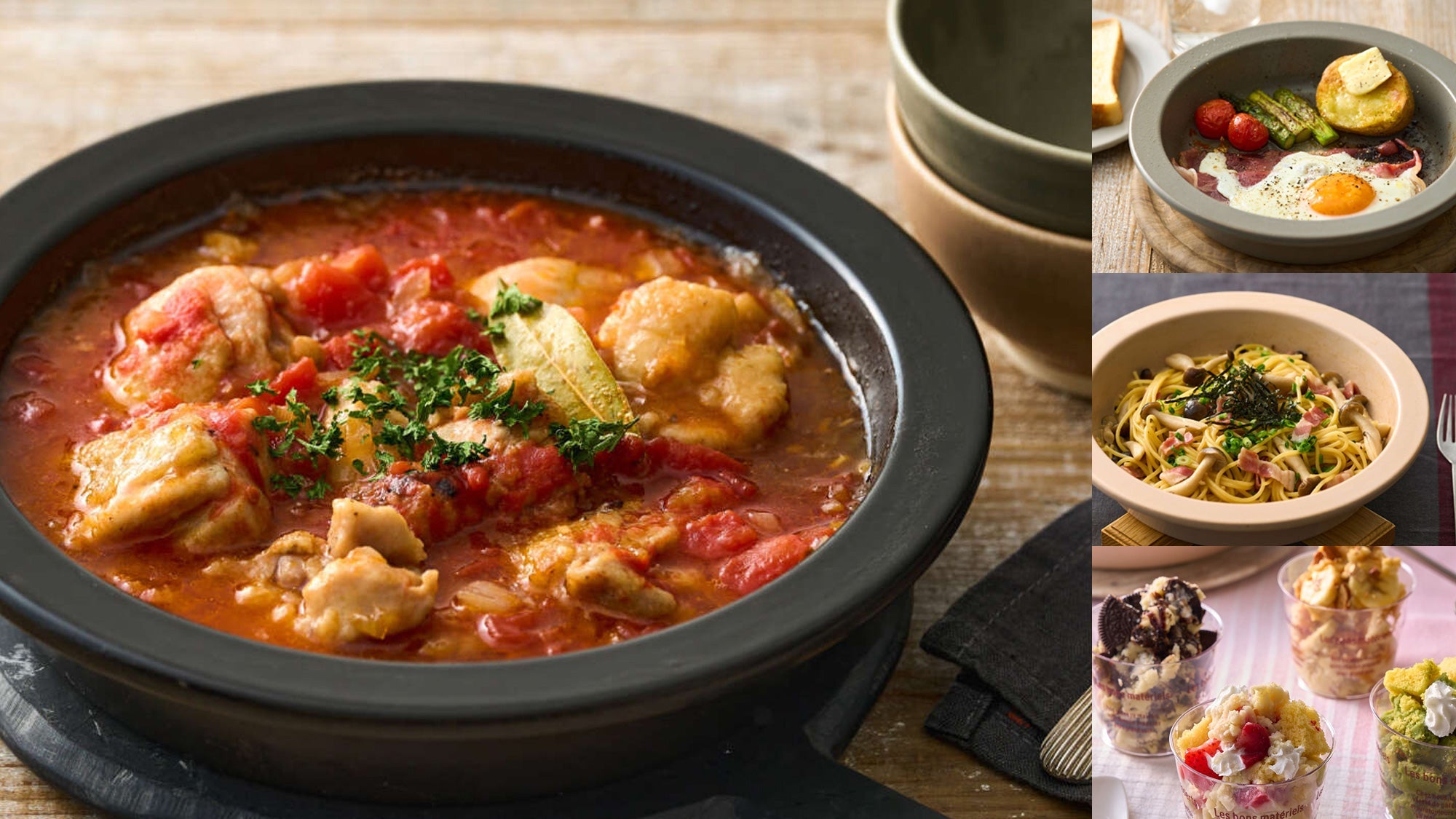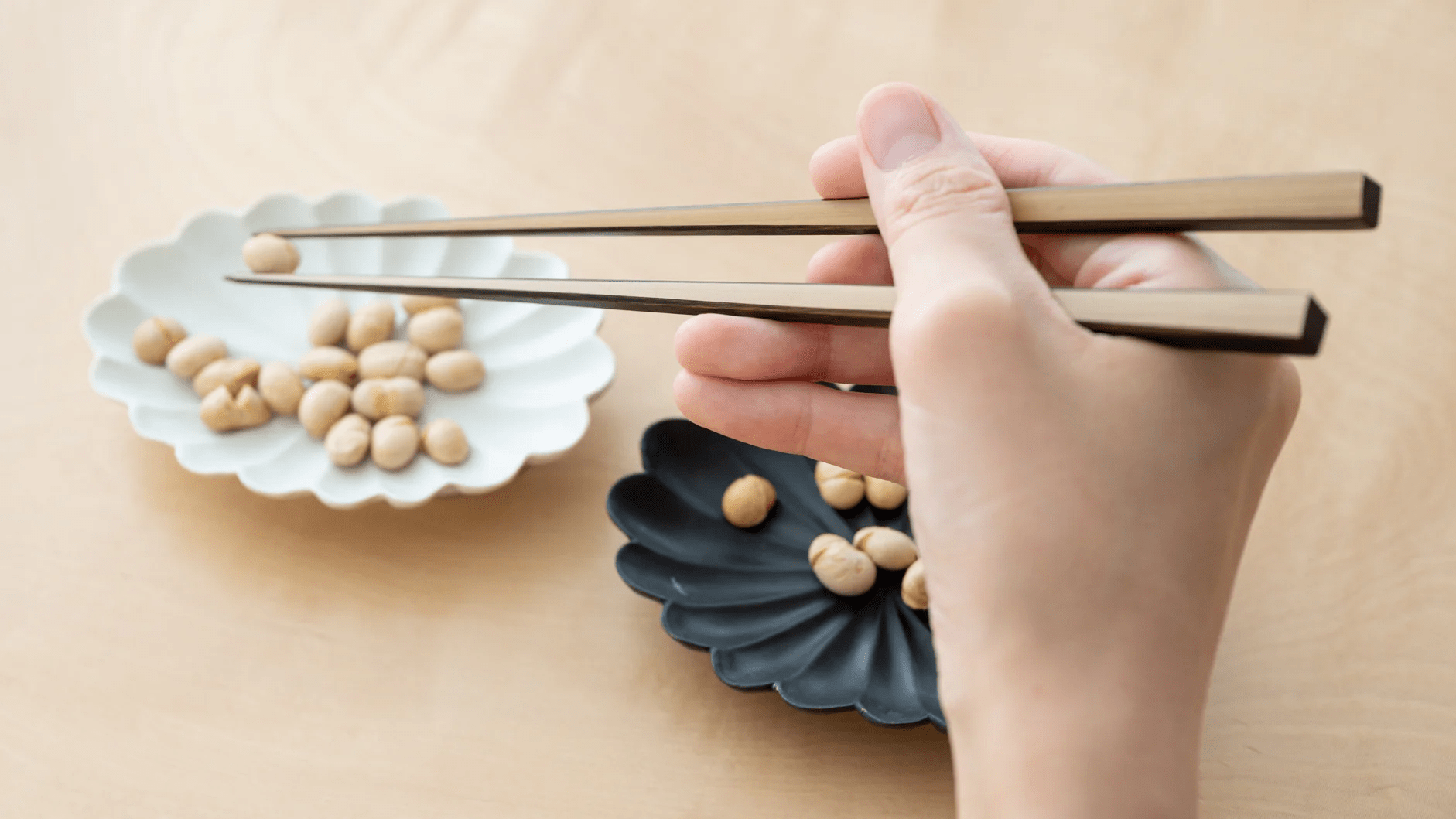
Konbini Cuisine: Your Ultimate Guide to Japan's Convenience Store Foods
Written by Team MUSUBI
When thinking about a visit to Japan, what’s the first destination that pops into your mind? Perhaps it’s scaling the iconic Mount Fuji, exploring the historic temples of Kyoto, navigating the bustling Shibuya Scramble, or indulging in a night of bar-hopping at izakayas. While these experiences are cherished, there's another place equally essential to any Japanese adventure—one that you'll inevitably frequent, perhaps more than you planned: the Japanese convenience store.
In this article, we delve into the fascinating world of Japan’s ubiquitous konbini—a resounding favorite among international travelers. We’ll explore their irresistible offerings, from the savory tuna mayo rice balls and famous egg sandwiches to the crispy fried chicken, warm steamed buns, and comforting bowls of oden. With authentic reviews from Team Musubi, we’ll share our insights on which convenience store delights rank as must-tries. Join us as we uncover the delicious secrets of Japanese convenience stores that captivate hearts worldwide!
table of contents
The Big Three: Japan's Leading Convenience Store Chains

Whenever I visit a foreign country and see local supermarkets or convenience store chains, I find it incredibly fascinating. Unfamiliar signs are scattered everywhere as if they've been there forever, and while the stores may look similar to me at first glance, each has its own unique characteristics, attracts loyal fans, and integrates seamlessly into the community. To visitors from abroad, Japanese convenience stores likely appear the same way.
Here, I’d like to introduce Japan’s three major chains: 7-Eleven, FamilyMart, and Lawson. Let’s take a closer look at their history, notable features, and current market performance. Chances are, you’ll come across them on your travels too.
7-Eleven
Founded in 1973 as a joint venture with the United States-based 7-Eleven, the company opened its first store in Tokyo's Toyosu district in May 1974. After its parent company, Ito-Yokado, fully acquired the business in 1991, 7-Eleven Japan experienced rapid expansion across the country. Known for its high-quality private brand "Seven Premium" and consistently innovative food products, it has maintained its position as Japan's largest convenience store chain. For the fiscal year ending February 2024, 7-Eleven Japan reported sales of 5.35 trillion yen, operating over 21,000 stores nationwide.
FamilyMart
Established in 1981 by Seiyu Stores Ltd., FamilyMart has grown to become Japan's second-largest convenience store chain. The company merged with Circle K Sunkus, originally part of the Circle K brand, in 2016, significantly expanding its market presence. FamilyMart is recognized for its distinctive green and blue color scheme and popular "Famichiki" fried chicken. For the fiscal year ending February 2024, FamilyMart achieved sales of 3.07 trillion yen with approximately 16,500 stores across Japan.
Lawson
Originally an American company, Lawson entered the Japanese market in 1975 through a partnership with Daiei. The chain was later fully acquired by Japanese interests and has since developed its own distinct identity. Lawson is particularly noted for its fresh food offerings and "Natural Lawson" health-focused stores. The company has also pioneered partnerships with entertainment companies, becoming a major ticket vendor under “Lawson Ticket” for concerts and events. For the fiscal year ending February 2024, Lawson reported sales of 2.42 trillion yen, with approximately 14,700 stores in Japan.
The three major chains together account for approximately 90% of Japan's entire convenience store market. This dominant position highlights their significant influence on Japan's retail landscape and consumer culture.
However, the remaining 10% of the market is not without significant players. Popular chains such as Ministop, Daily Yamazaki, and Seicomart also have a dedicated customer base. If you ask a Japanese person, "Which convenience store is your favorite?" you’re likely to get a variety of answers. Their choice might depend on factors like a store they grew up with, one they often visited during their student years, a nearby store that supported them when living alone, or a shop conveniently located near their workplace. Convenience stores in Japan are more than just places to shop—they are an integral part of daily life.
Unveiling the Secrets Behind Popular Convenience Store Foods
What makes a convenience store chain popular? Factors such as pricing, location, services, and product variety all play a role, but one aspect that consistently stands out in discussions is the food. Japanese convenience store foods are iconic creations that can’t easily be replicated at home, offering a unique appeal that’s become synonymous with the convenience store experience. Under the bright lights of the store, a treasure trove of culinary delights awaits. Here, we’ll uncover the secrets behind some of the most beloved and timeless products found in Japanese convenience stores.
Tuna Mayo Onigiri: A Modern Classic Born from Family Life

In 1983, a simple family moment transformed Japanese convenience store food forever. A product developer at an onigiri maker observed something fascinating: their child adding mayonnaise to rice at dinner. This everyday scene sparked an idea that would become one of Japan's most iconic convenience store items—the tuna mayo onigiri. By combining the familiar comfort of rice balls with the Western-influenced combination of tuna and mayonnaise, they created a fusion that perfectly matched evolving Japanese tastes. 7-Eleven was the first convenience store to introduce this beloved filling, setting a trend that continues today. For a deeper dive into the origins of onigiri and its cultural impact, check out our previous blog post.
Egg Sandwiches: The Fluffy Phenomenon

Japanese convenience store egg sandwiches have achieved cult status worldwide, thanks to their impossibly fluffy texture and perfectly balanced flavor. Made with eggs whipped to cloud-like consistency and nestled between pillowy white bread, these sandwiches have become social media sensations, featured in posts by visiting celebrities. The secret lies in precise preparation methods and strict quality control that ensures each sandwich maintains its signature softness.
Fried Chicken: The Counter Calling

Displayed prominently at the front counter, golden-brown pieces of fried chicken have become an irresistible temptation for customers. Each convenience store chain boasts its own signature fried chicken: 7-Eleven's "Nana Chiki" (nana is the Japanese word for seven), FamilyMart’s ever-popular "Famichiki," and Lawson’s "Karaage-kun," which features a cute chicken character on the packaging, making it easily recognizable to fans of the bite-sized snack. The strategic placement near the register, combined with the enticing aroma, makes it nearly impossible to leave without picking up a piece or two.
Steamed Buns (Nikuman): Winter's Warm Welcome

Another front-counter favorite, particularly during the colder months, is the steamed meat bun, or nikuman. While the classic pork-filled nikuman remains the most popular, Japanese convenience stores offer a variety of flavors to satisfy diverse tastes. Options include the sweet anman filled with red bean paste, the savory pizzaman with a cheese and tomato-based filling, and even unique limited-edition flavors like curry or matcha. These seasonal delights bring warmth and joy, making steamed buns a quintessential winter treat for both locals and visitors.

Oden: Traditional Comfort

Oden simmered in piping hot dashi broth is especially known as a winter tradition in Japan. Before the COVID-19 pandemic, it was common to find a large square pot filled with various simmered items like daikon radish, boiled eggs, and fish cakes right next to the register. However, many stores have since switched to pre-packaged versions. Spotting a store with a traditional oden pot has become a rare and nostalgic experience, a heartwarming throwback to pre-pandemic times.
The Best of Konbini: Team Musubi’s Top Picks

After introducing the three major convenience store chains and five of Japan’s most popular convenience store foods, Team Musubi was left with one big question: “So, which convenience store should you actually go to?” It’s a debate that comes up often, especially when it comes to fried chicken. But don’t worry—we’ve got you covered. To help you decide, Team Musubi is sharing our top favorite foods from each store.
Best Tuna Mayo Onigiri: Lawson or 7-Eleven

The debate over the best Tuna Mayo Onigiri sparked divided opinions right from the start. Some favored Lawson, stating, “It’s easier to eat, and you can really taste the flavor of the nori seaweed,” while others leaned towards 7-Eleven, saying, “The flavor balance is just right—not too strong or too bland.” In the end, we couldn’t choose a definitive winner between the two.
FamilyMart, on the other hand, wasn’t as well-received. Comments included, “The mayonnaise flavor is too strong,” and, “The tuna chunks are big and feel like straight-from-the-can tuna.” That being said, those who enjoy bold mayonnaise flavors or larger tuna pieces might find it appealing.
Best Egg Sandwiches: FamilyMart

The winner for the best egg sandwich was unanimously FamilyMart. Praised for being “fluffy and thick, with a vibrant yellow color that looks appetizing even at a glance,” it stood out from the competition. Although all the egg sandwiches were tasty, the texture and volume made FamilyMart the clear favorite.

One takeaway from our review: eat the sandwiches immediately after opening the package! We waited too long while taking photos, which caused the sandwiches to dry out. As one team member pointed out, “You really lose that moist texture if you don’t eat them right away.”
Best Fried Chicken: FamilyMart

When it comes to fried chicken, FamilyMart’s “Famichiki” reigns supreme, as expected from its popularity. Team members raved, “The spicy coating is delicious,” and, “The rich flavor perfectly satisfies a fried chicken craving.”
However, some members also expressed affection for the fried chicken from other stores: “I actually like 7-Eleven’s Nana Chiki for its lighter flavor,” and, “Lawson’s Karaage-kun deserves a special mention for its bite-sized convenience and variety of flavors.” Clearly, fried chicken is a hot topic that stirs passionate opinions!
Best Oden: 7-Eleven

Unfortunately, Lawson didn’t carry oden at any of the nearby locations, leaving 7-Eleven and FamilyMart to compete. The overwhelming majority chose 7-Eleven, citing its “well-balanced, easy-to-eat flavor.” FamilyMart’s oden received mixed reviews, with some noting that “the broth tastes a bit fishy and slightly too strong.”
Both stores offered pre-packaged oden for this review, but many on the team voiced a longing for the traditional hot pots. As one person shared, “I love picking out my favorite oden items from the pot to take home. It’s perfect for a late-night meal—low in calories, warming, and something you can’t easily make at home.”
Best Steamed Buns (Nikuman): 7-Eleven or Lawson

This category was a tie between 7-Eleven and Lawson. One team member commented, “At first, I didn’t think Lawson’s steamed buns looked very appetizing because they’re so white, but the flavor was incredible!” Meanwhile, another praised 7-Eleven’s buns for their genuine appeal: “They look and taste just as delicious as you’d expect.”

FamilyMart wasn’t disliked, but it didn’t stand out either, receiving few comments overall. As one team member shared, “Honestly, you can’t go wrong with steamed buns from any convenience store—they’re all delicious.”
This was Musubi Kiln’s first food review, and it revealed just how passionate our staff members are about their favorite convenience store foods. If you’re planning a trip to Japan, we hope our reviews inspire you to explore the country’s amazing convenience stores.
And who knows? Maybe next time we’ll dive into the tempting world of convenience store sweets. Stay tuned!







2 comments
That’s amazing—your second trip to Japan! わくわくしますね! We’re so happy you found this article useful, and we love your enthusiasm for experiencing more this time around. That’s a great suggestion about including Japanese terms like おでん(“oden”)—we’ll keep that in mind for future articles. Thank you for your kind words, and enjoy every moment of your trip!
Team Musubi
Since I will be in Japan in 24 days (Wow! 2nd trip. わくわくしてますよ)this is VERY helpful. Last time I spent 3 weeks in a daze … a 50 year dream come true at last. THIS time I’m going to DO stuff.
One, tiny note. I would love it if you gave the Japanese of the items you discussed. I can guess most of them, but it would be a help to see “oden” in kana if not kanji.
But this article is wonderful and useful. ありがとうございます。
Harold (Hokyo) Koenig
Leave a comment
This site is protected by hCaptcha and the hCaptcha Privacy Policy and Terms of Service apply.